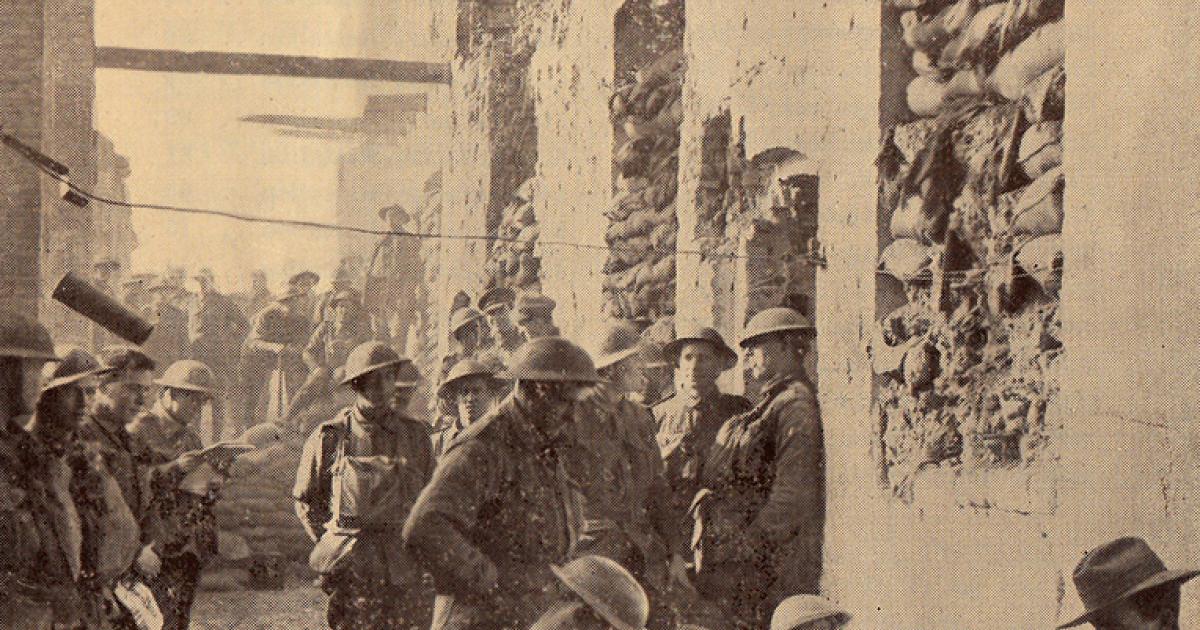In response to the unprecedented turmoil and trauma resulting from the war many artists reactions changed dramatically over a short period of time as fierce nationalism enthusiasm for regalia and combat and even optimism for a more democratic future frequently morphed into mournful reflection feelings of loss and betrayal pacifism and. He briefly joined with the Guomindang to suppress Japanese aggression but the partnership did not last after World War II ended.
How Did Art Change In Europe After World War 1 Aulad Org
Artists explored dimensions of color line and shape rather than realistic images.

. How did art change in europe after wwi. How did art change in Europe after WWI. Europe After World War I.
Artists explored dimensions of color line and shape rather than realistic images. How did art change in Europe after WW1. Austria-Hungary Bulgaria Germany and the Ottoman Empire fought against The Allied Powers.
Architects tried to use less expensive materials due to the great depression. Art reflected tension of religious upheaval and spirituality. Architects returned to classical traditions and adapted antiquity to the modern world.
Most women saw mixed progress though many won the right to vote and had more access to careers and education. Brought together classical ideals of Renaissance and spiritual feelings. It redrew the world map and reshaped many borders in Europe.
The collapse of the Russian Empire created Poland the Baltics and Finland. Artists explored dimensions of color line and shape rather than realistic images. Rules of proportions were ignored.
How did art change in Europe after WWI. From that point on Peoples Democracies allied with the Soviet Union were in place all over Eastern Europe. World War I involved 32 nations from 1914 to 1919.
History 22062019 0700 xuzixin2004. The Peoples Republic of China was established in 1949. - Artists explored dimensions of color line and shape rather than realistic images.
First art and more generally culture found itself at the centre of an ideological war. The Treaty of Versailles required Germany to give up 1 million square miles of _____ size of Alaska and Texas combined much of which was rich in natural resources. These battles included the Battle of Amiens the Second Battle of the Somme and several battles along Germanys Hindenburg Line.
With state which alliance promoted goals and protection of the united states and which alliance promoted goals and protection of the soviet union. End of WWI and Post War. WW1 was from July 28 1914 to November 11 1918 and it impacted art in a major way both during and after the war around the world.
During WW1 The Central Powers. During and after World War I flowery Victorian language was blown apart and replaced by more sinewy and R-rated prose styles. Site and explain evidence from each primary source to support your answers.
The final step in the establishment of Communist regimes in Eastern Europe came with the seizure of power by the Communist party of Czechoslovakia in February 1948. Mannerism emerged in Italy. The Soviet power in the region was now firmly entrenched.
How did art change in Europe after WWI. Architects tried to use less expensive materials due to the Great Depression. How did art change after World War 1.
- Artists were drawn to the dark realities of war exploring realism in the terms of trenches and death - Architects tried to use less expensive materials due to the Great Depression - Artists explored dimensions of color line and shape rather than realistic images. - Architects returned to classical traditions and adapted antiquity to the modern world. He initiated drastic reforms.
- Artists were drawn to the dark realities of war exploring realism in the terms of trenches and death. Artists explored dimensions of color line. How did art change in Europe after WWI.
Artists were drawn to the dark realities of war exploring realism in terms of trenches and death. In the end The Allied Powers. They came to negotiate with representatives of the major Allied powers -- Britain France Italy Japan and.
Second during World War II many artists found themselves in the most difficult conditions in an occupied country in internment camps in death camps and their works are a testimony to a powerful urge to create Such creative impulse can be interpreted as the expression of self-preservation a. See answer 1 Best Answer Copy After WWI European life in itself had changed greatly due to the devastation loss and change in governments. In August of 1918 the Allied commanders on the western front decided to go on the offensive.
The Treaty of Versailles required Germany to pay _____ payments to other countries for their losses and damage. How did art change in europe after ww1 Other questions on the subject. How did art movements change in Europe after the Renaissance.
France Great Britain Italy Japan Russia Romania and the United States. On May 7 1919 in a room in the grand Versailles Palace outside Paris German foreign minister Count Ulrich von Brockdorff-Rantzau arrived at the head of a delegation of diplomats. In visual art Surrealists and Expressionists devised wobbly.
Which statement best explains womens changing roles in the period between the world wars. Starting on August 8th a series of battles were fought called the Hundred Days Offensive. Adopted by Catholic reform.
How Did Art Change In Europe After World War 1 Aulad Org

How Did Art Change In Europe After World War 1 Aulad Org

European Art Before And After World War I By Mary Searles

How Did Art Change In Europe After World War 1 Aulad Org

How World War I Gave Birth To The Modern Opinion Cnn

How World War I Gave Birth To The Modern Opinion Cnn

The Impact Of The First World War And Its Implications For Europe Today Heinrich Boll Stiftung Brussels Office European Union

Explain How World War I Had A Devastating Effect On The European Artistic Community Artradarjournal Com
0 comments
Post a Comment